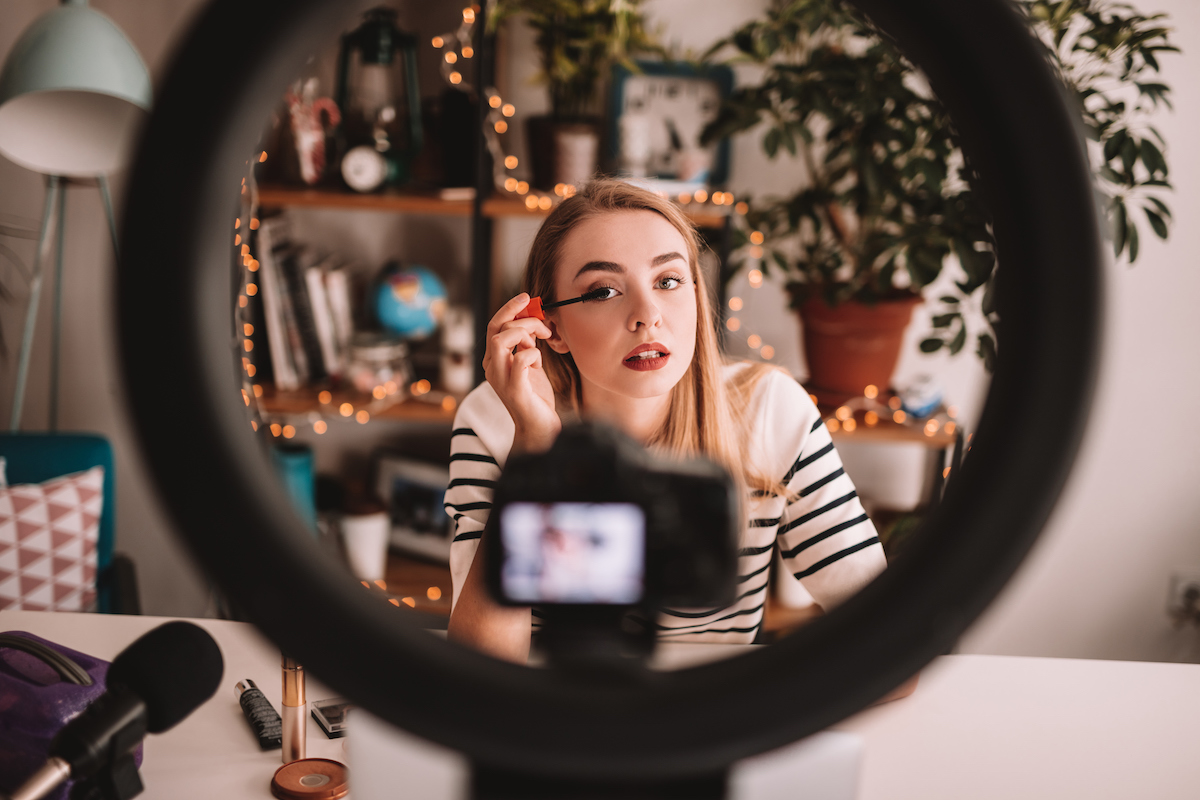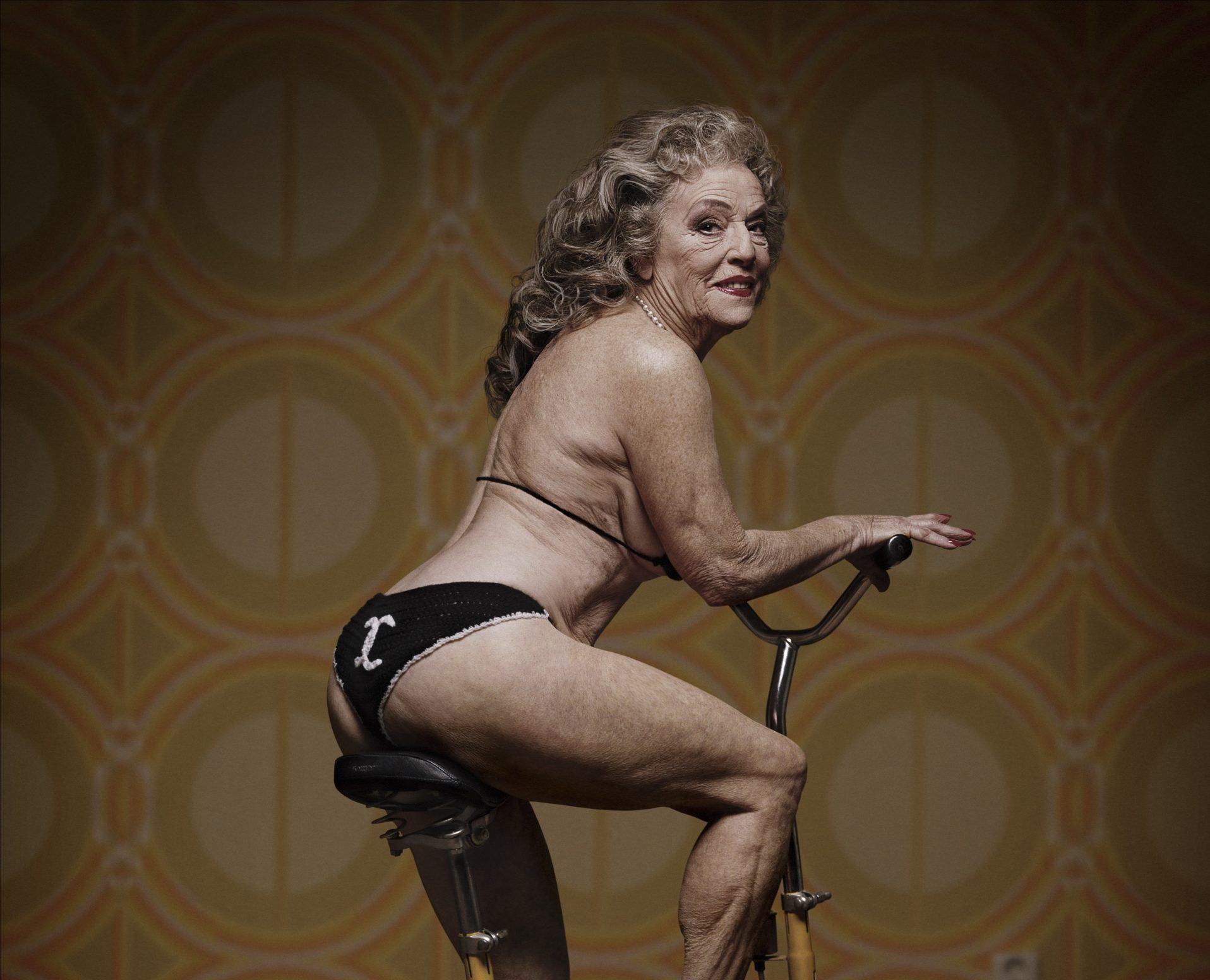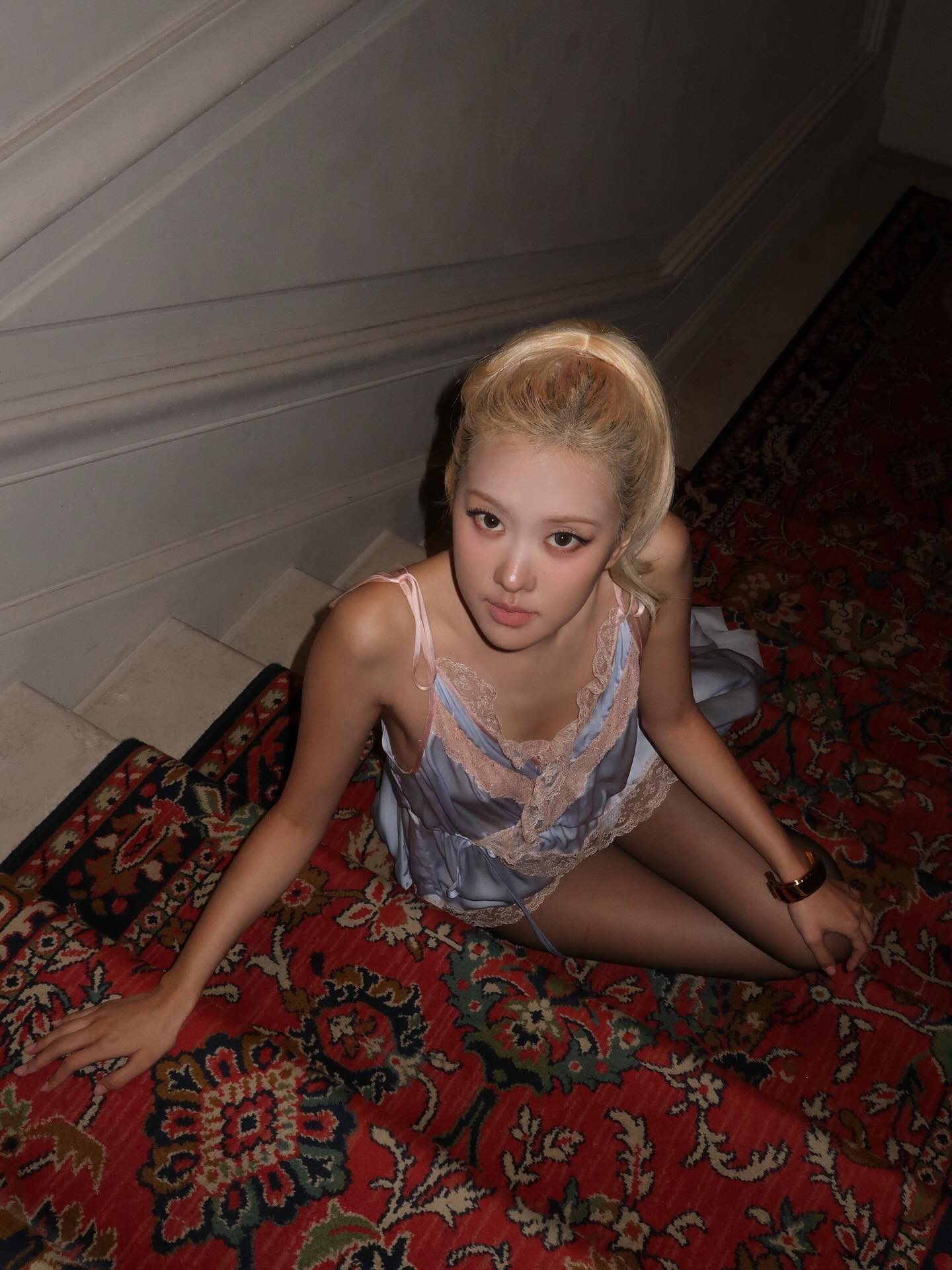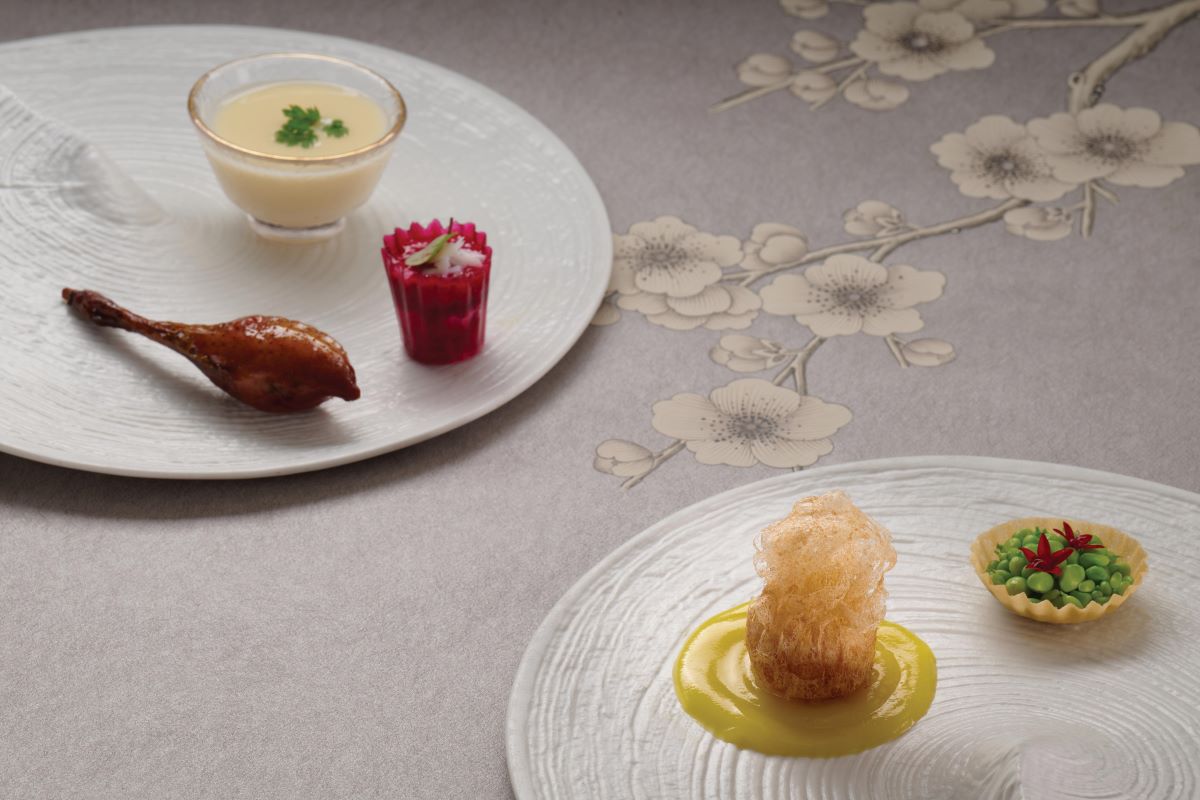
Forget bloggers and so-called KOLs with millions of followers. The new Insta-celebrities that are and will continue to dictate the future of the platform and influence marketing are nano-influencers – users with less than 10,000 followers on social media.
In other words, being too popular on Instagram can decrease an influencer’s marketing value. A recent survey by Mediahub found that users “with 1,000 followers generated 85 per cent higher engagement than those having 100,000”, as reported by Medium. Similarly, according to a study by HelloSociety, micro and nano-influencers’ campaigns are 6.7 times more efficient when it comes to engagement.
Engagement – which in the Insta-universe refers to a user’s degree of social involvement and ability to generate likes and comments on a post – is the key to this rising group of web stars’ success. As a matter of fact, most nano-influencers are seen as more authentic than their extra-popular counterparts, and consequently more likely to affect their followers’ taste or habits.
“I do think that people are more willing to follow nano-influencers than very famous ones with millions of followers because they might be more relatable,” says Cheryl Yuen (@yuenszehang on Instagram), a Hong Kong-based Instagrammer with around 5,000 followers who has been collaborating with some brands. “Opinions from nano-influencers are more localised and down-to-earth, while the ads posted by famous ones are often exaggerated and people may feel very distant to what they are trying to portray. But I also think that too many posts of product ads from nano-influencers may also result in a negative impression from followers, as it may seem that he or she is not expressing their true opinions all the time.”
Yuen became a nano-influencer almost by accident – and she still doesn’t consider herself one. Her Instagram page grew in popularity organically as she was sharing her life with her friends and acquaintances. About a year ago, she started being approached by brands through her DM (Instagram’s direct messaging feature). “I usually receive invitations from brands at least every two to three months to start long-term collaborations,” she says as she shows me a post of her training in partnership with Japanese sports drink Pocari Sweat. “I only pick brands that reflect my own personal interest.”

In many cases, nano-influencers tend to be actual fans of the brands they write about or recommend – another factor that makes them very appealing to the public, creating a chain of friendly recommendations and mutual interactions between the user and the followers. By doing so, and because of the manageable number of comments and DMs, they, along with micro-influencers, tend to create an actual bond with their followers, with deeper and intensified connections. These emerging web stars are not celebrities and tend to advertise very specific products that cater to a small niche or followers, rather than a generic audience. But even more important that then their appeal in the ultra-competitive and ever-evolving Insta-marketing universe is the fact that nano-influencers are way cheaper for brands than “professional influencers”, celebrities and traditional advertising.
“Marketers have started to use influencers with fewer followers than very popular influencers, as they have become too popular the past few years,” says Sam Ng, co-founder of Vfluencer, a Hong Kong-based AI-powered platform for influencer marketing. “According to our data, the number of micro- and nano-influencers [in Hong Kong] has increased from 45,000 earlier this year to 60,000 towards the end of the year, a number that is expected to keep growing. More significantly, it was detected by Vfluencer’s market-insight engine that less than 200 brands hired micro- or nano-influencers in 2017. In 2018, however, at least 1,000 brands hired them to support their marketing campaigns.”
Adeliade Chow (@adeliadechow on Instagram) usually spends 30 minutes to create a sponsored post on Instagram, or one hour if outdoor photos are required. Her routine is simple – she sets the background, takes the picture, adjusts it, tunes the colours, writes the caption and then posts it. While this sounds like an actual full-time job, Chow, much like Yuen, is a young Hongkonger who’s a nano-influencer on the side. With approximately 5,000 followers, she was first approached by brands about a year and half ago; since then, she’s been receiving invitations every month. “I usually choose skincare or make-up brands, as they suit my interest,” says Chow. “To be honest, I really enjoyed it [the attention from brands and posting] a lot at the beginning, but I am a bit annoyed by the whole process now.”
Chow, like many of her “colleagues” on Instagram, however, aren’t likely to be approached by brands for too long. In an ecosystem where followers, likes, comments and user preferences change every hour, fame is in fact as ephemeral as ever, especially when being less popular has become a requirement for marketers.
“The number of influencers in Hong Kong is expected to increase at least 20 per cent, “says on the future of the influencer market in Hong Kong. “As the bar of becoming an influencer is low, marketers will have a lot more options in terms of using influencers for promotional campaigns.” So you can expect more of this… but in the fleeting world of fame, for how long is anyone’s guess.
This feature originally appeared in the January/February 2019 print issue of #legend





